Sometimes old ideas are still the best when it comes to heating systems. Ancient Romans used subfloor heating centuries ago, and the idea is making a comeback.
What Is Radiant Floor Heating?
A radiant floor heating system (also known as in-floor heating) is made up of either cables operated with electricity or tubing which works with a boiler. The first option, the electric system, is usually used as a supplement. The second, the hydronic system, is used for the entire house. Both options work by heating the floor and allowing heat to rise naturally.Advantages of Radiant Floor Heating
Since it won’t take as much heat to keep you warm, the thermostat can stay at a low temperature. It doesn’t cycle on and off or need vents, so cold spots aren’t as likely. This saves money in both energy costs, and long term maintenance. Since the boiler doesn’t need to work as hard, it will have a longer life span. Air quality is usually better, too. The air holds moisture better and allergens aren’t stirred up by this type of system, so it’s generally healthier to breath.New Innovations
Because the copper piping used in 50's and 60's systems eventually leaked, radiant floor heating fell out of style. Recently, new tubing with oxygen barriers installed to prevent corrosion to metal parts of the system has lessened that problem.It’s also easier to install both in new construction and as a retrofitting option. There are panels lined with aluminum coating available with tubing built in, taking some of the complexity out of the process.
Solar systems are naturally efficient at heating water to a lower temperature than what’s needed for traditional radiators. That makes this type of system a good match for solar energy.
Cost
Excluding heat source and labor costs, installing a hydronic system will cost about $1.75 per square foot. Although that’s higher than more common systems, long term energy savings make up for the initial price.If you’re interested in an electric system, expect to pay about $6 per square foot, but installation costs less than hydronic. It’s best to install a special thermostat with temperature limits for floor and primary heating systems with this option.
When shopping for a new heating system for your new home or for a remodel, this option is always a good one to consider. As a home improvement contractor committed to eco-friendly and energy-efficient products, we're glad to pass along ideas we think make sense environmentally and practically for Minneapolis/St. Paul area homeowners.Subscribe to Quarve Contracting's Blog


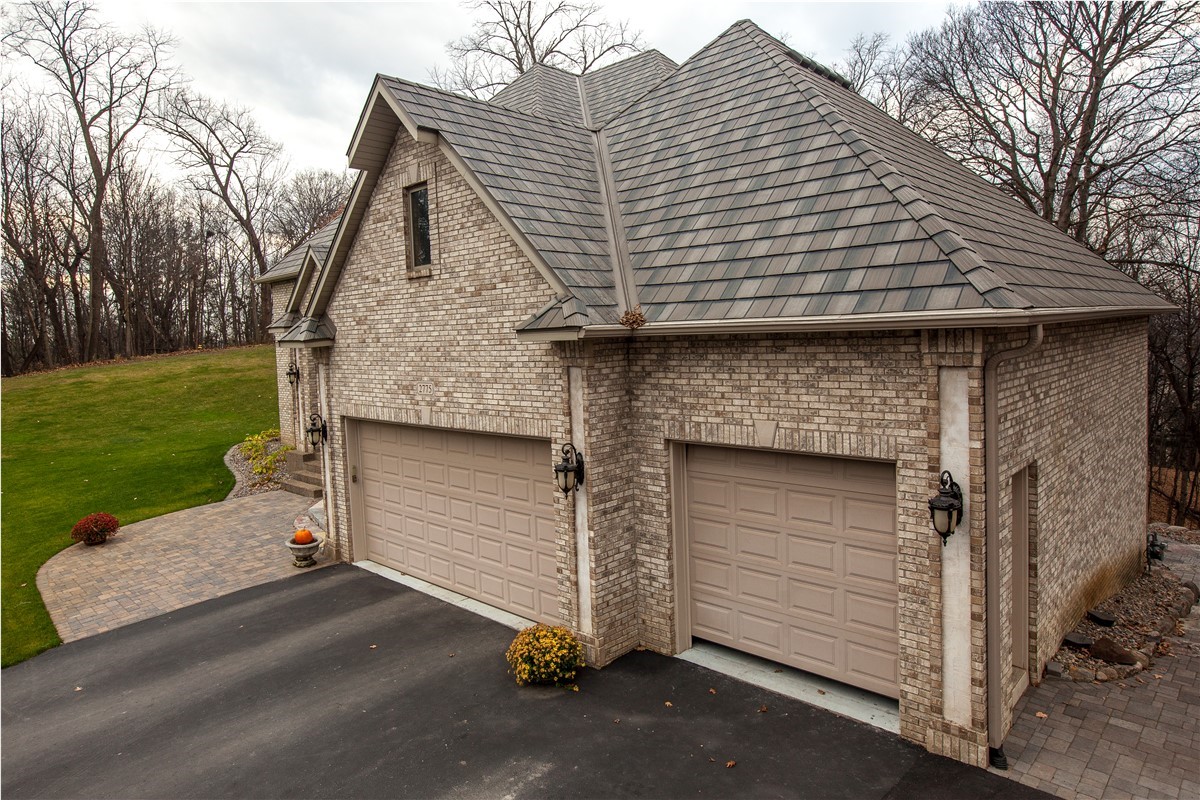
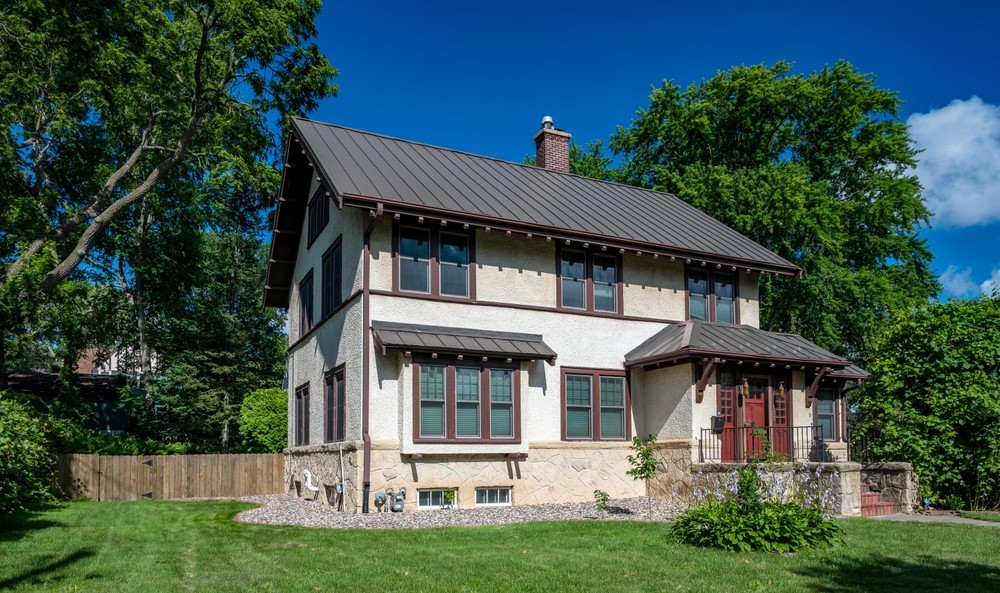
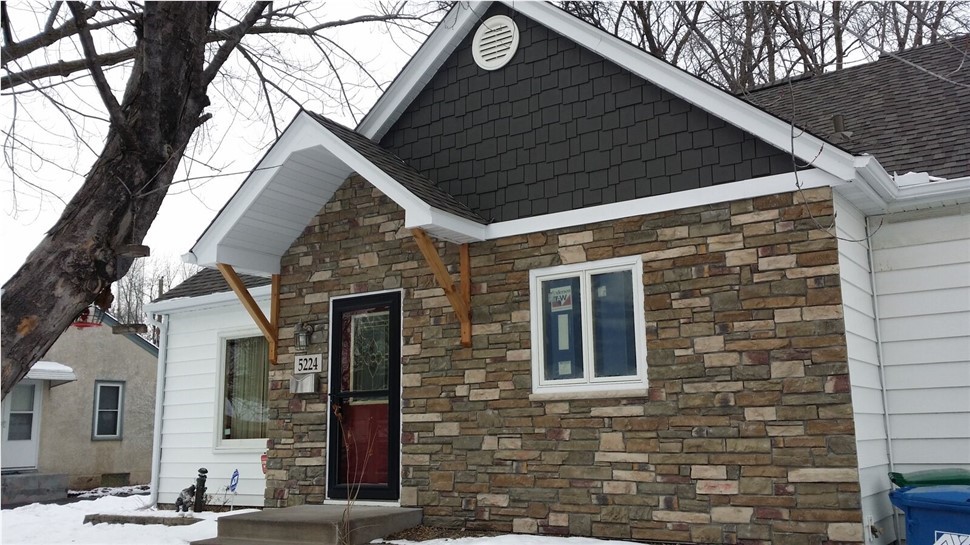
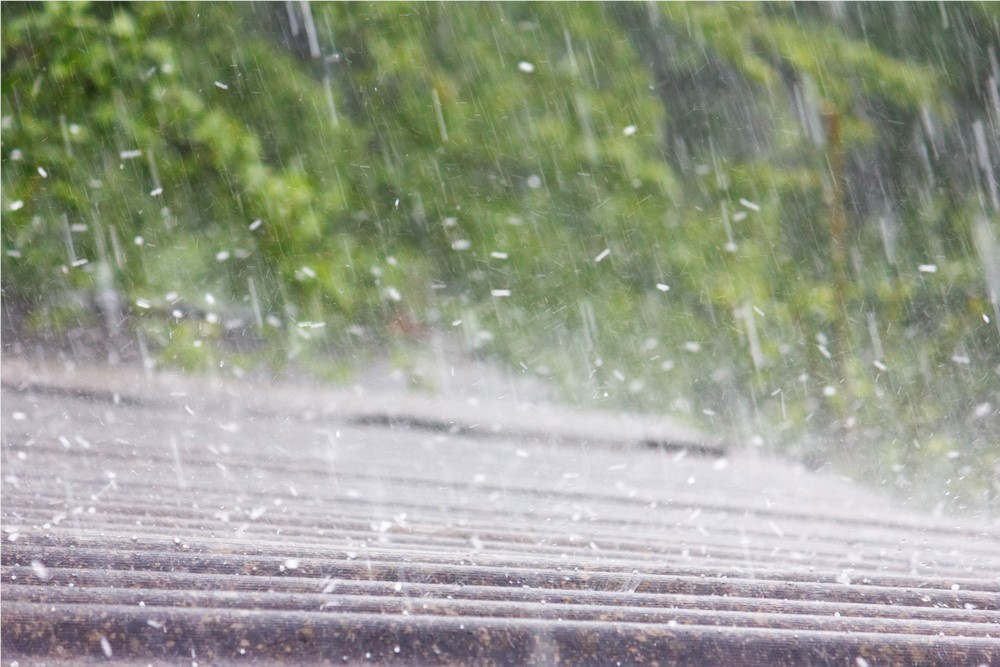
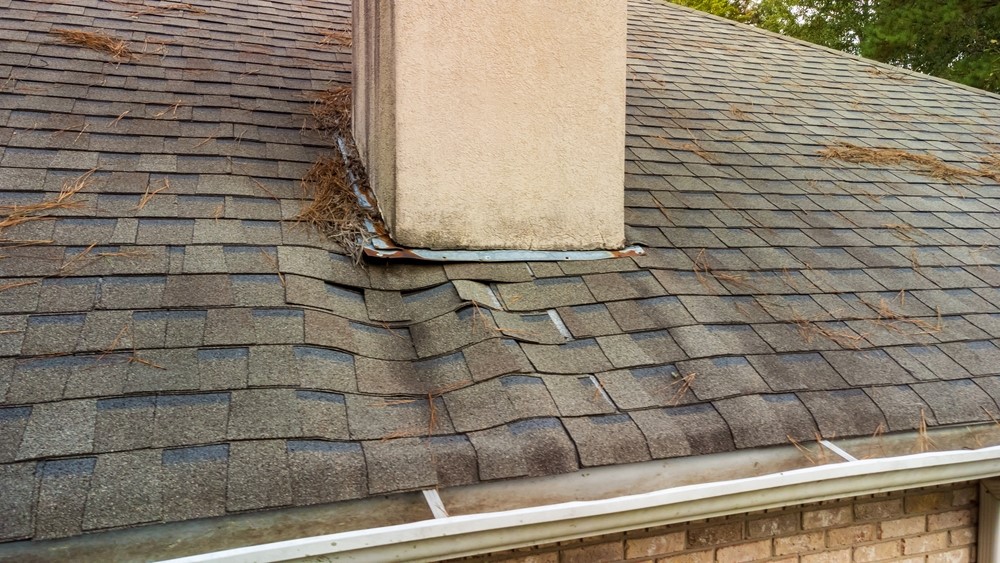
Comments